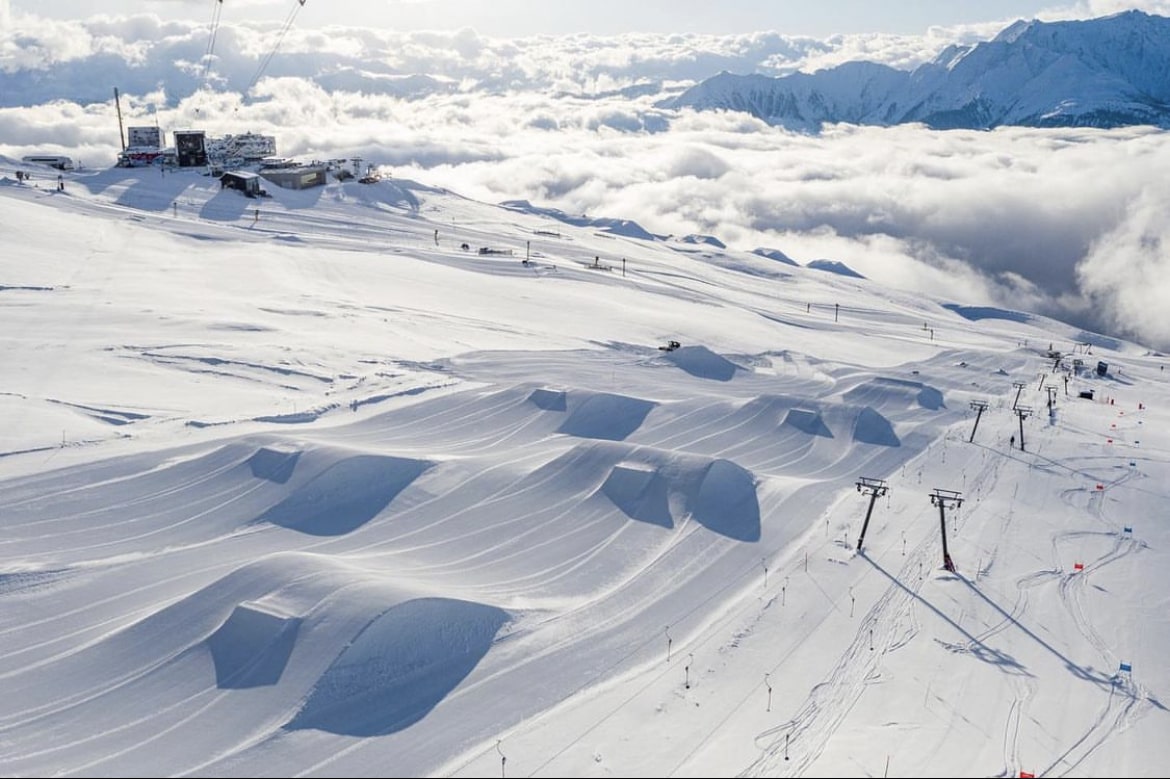
Every ski resort in the world now seems to offer terrain parks. Once the domain of a select few resorts, the emergence of twin tips in the late 90s made fun parks increasingly popular. It is great that terrain parks are attracting more and more skiers but it is important to observe the park rules, especially since snowparks are more dangerous territory and can therefore cause serious injuries or even result in death.
Therefore, we have compiled a Park Etiquette 101 for our readers.
1) Entry: Never enter from the side by ducking in under the rope into the terrain park. Always access from the top. You cannot see people coming through the park from lower down and they cannot see you dropping in at the top. There is a reason the rope is there and no, it is not for decoration. You cannot come in from the side and ski into someone’s line. It is poor etiquette and most of all, it is dangerous.
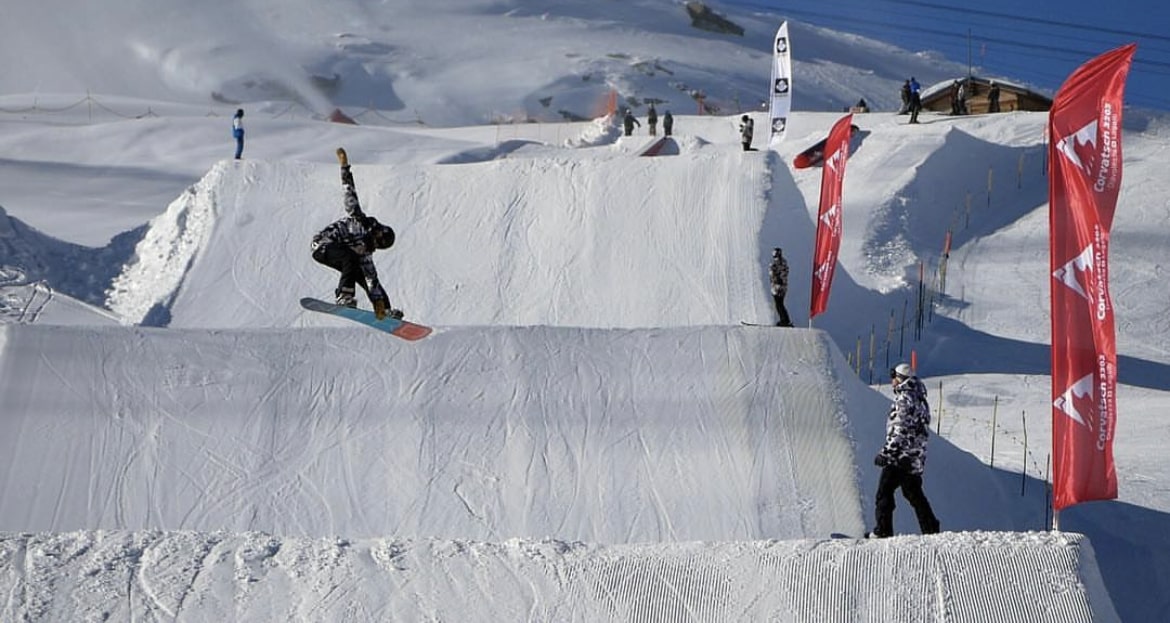
2) Rules: The usual mountain rule of yielding to the lower skier does not apply in the park. The lower skier does not have the right of way; the person on the features has the right of way because they cannot adjust their speed mid-air. It is not only wrong but also dangerous to assume that people will give way to you because you are lower down. If you have come to a stop mid-park, which is fine and common practice, especially if you are learning with a coach, make sure no one is dropping in from up top and it is safe to go before you restart. A park user can often not see you from up top and may be unable to stop if they are landing from a feature. Therefore, you have to make sure the line is clear before restarting. If in doubt, it is best to slip down the side of the park.
3) Stopping: Never stop under a jump or anywhere else you cannot be seen from the top. A skier or boarder cannot see you on the landing area or knuckle of a jump from the top. If you crash, move to the side as quickly as possible. Do not stop right after a rail or box where you block the next person. Move to the side, out off the line.
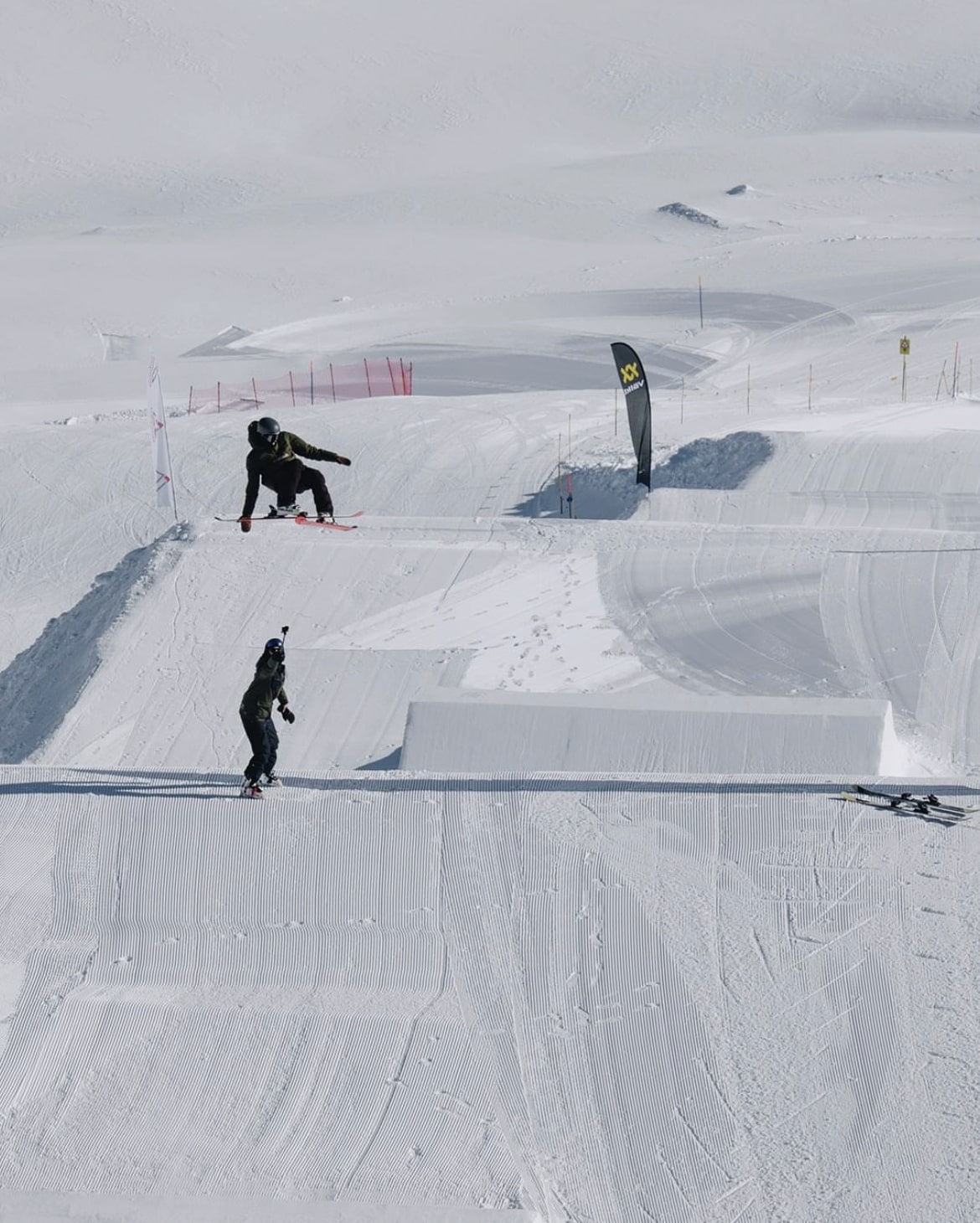
4) Buddy system: Do not go into the fun park alone, especially not as a beginner. Have someone come with you to spot for you. Spotters are important if you crash, which, let’s be honest here, beginners are more likely to do. A spotter will keep you safe. Hand signals for spotters are:
- Arms crossed above your head means: Stop! Someone has crashed or there is an obstacle on the course. The jump is not safe and closed.
- Arms shaped like a circle above your head mean: Go! The jump is clear, the landing is free of obstacles. A single arm raised will also work for this.
If someone has crashed and cannot clear the landing in time and has no buddy, be the one to signal to others coming from the top that the jump is not clear.
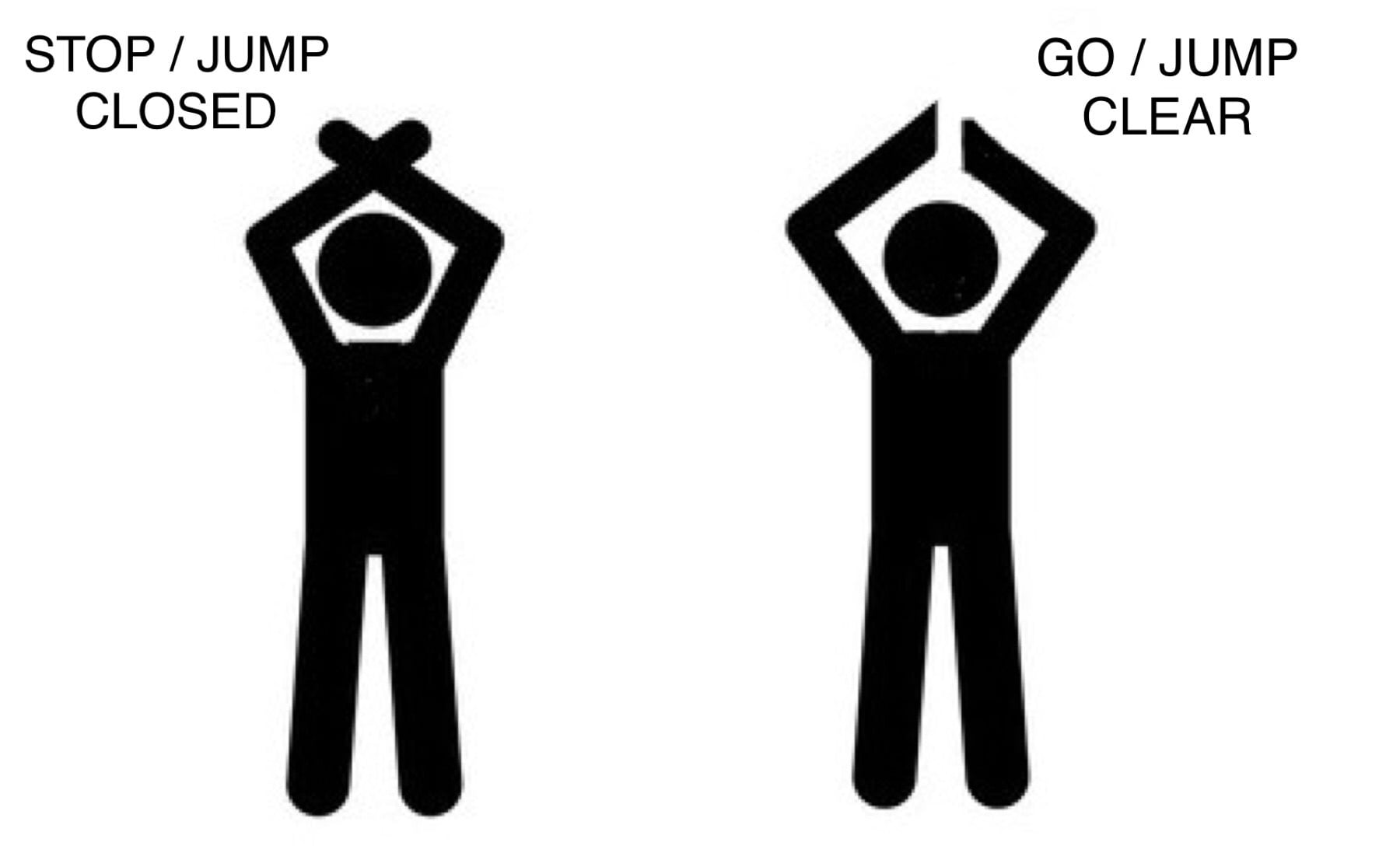
5) Inspect: Your first run should be an inspection run. You do straight or easy jumps on your first run-through to gauge the speed required to land in the sweet spot. This also applies if you may know the park and have gone through it last season or yesterday or last week. Features can get changed, the degree of the kicker can change, and the speed of the snow can change, meaning your amplitude will change. The worst accidents I have seen are from people having too much speed and overshooting the landing area.
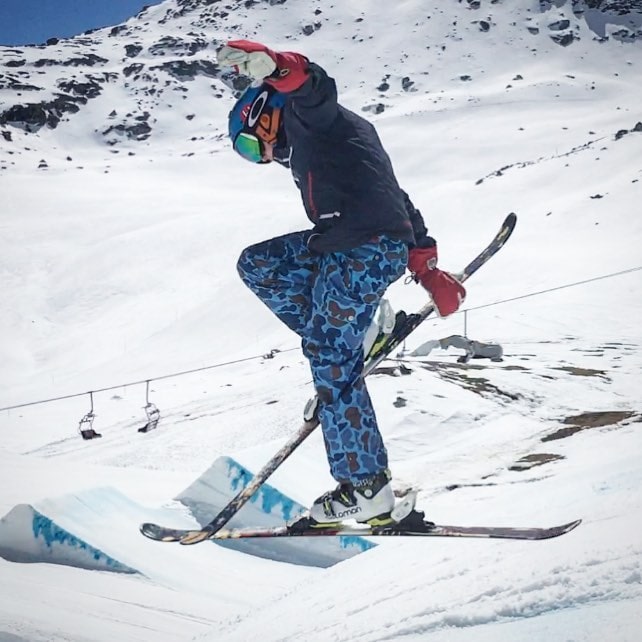
6) Call it: Before you drop in, call it. Raise your pole, shout it out with a simple “dropping” or “next” and/or raise your hand—whichever way to signal that you are ready to go. If someone called it before you, you wait. Sometimes it can be confusing as to who is next as some boarders might be fixing their straps or people waiting for a specific park feature to be free. Just ask if you’re unsure whose turn it is. Make sure to look through the park below you before starting. If someone has not cleared all features or looks like they could potentially be struggling, don’t risk a crash and wait. Shooting into the park from the back is never okay.
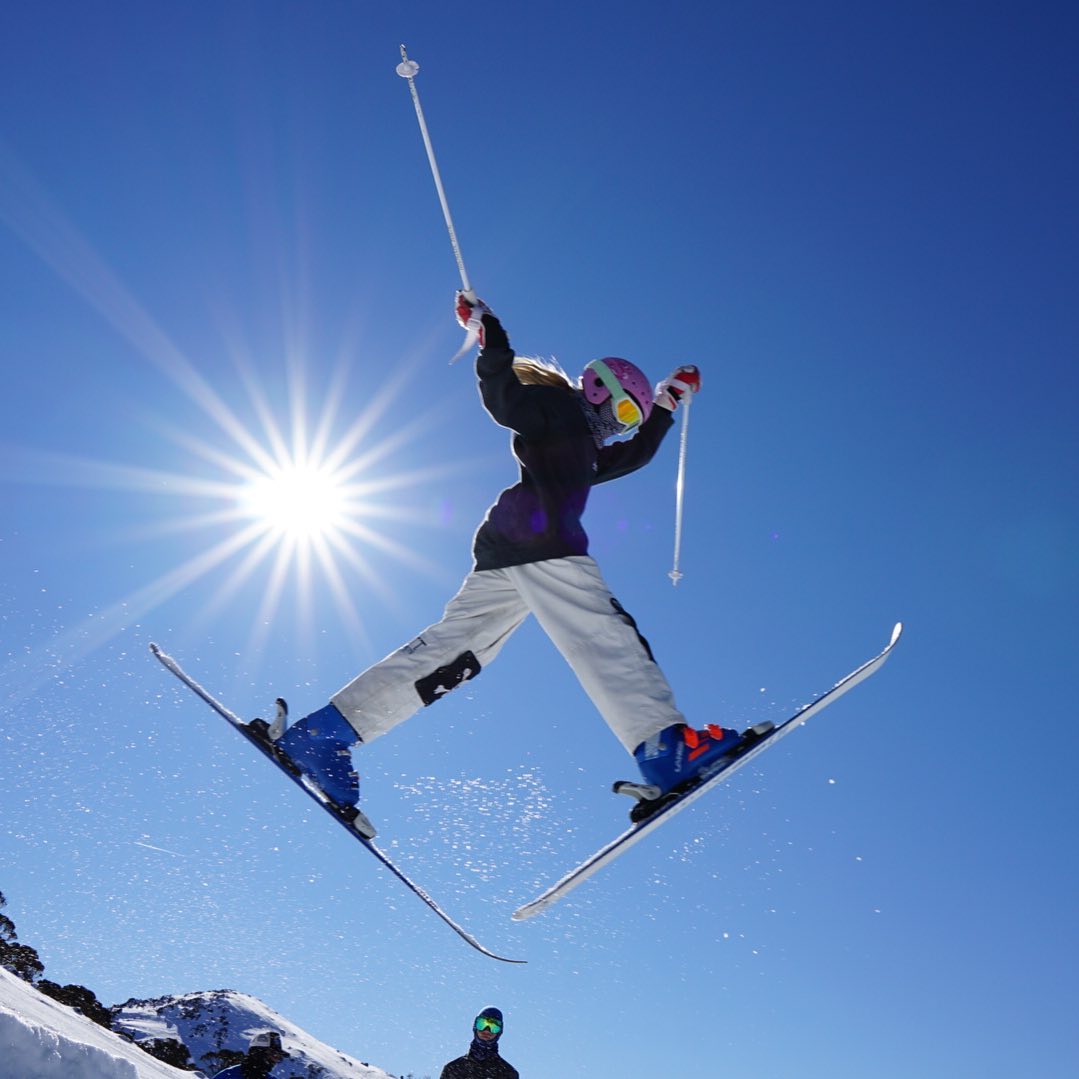
7) Ability: If the park looks too hard, find an easier one. Every big ski resort tends to have several levels of parks to cater to everyone from beginners to pros. They are marked from ‘S’ or even ‘XS’ in US resorts or ‘Easy’ in Europe to ‘L’ or ‘XL’ or ‘Difficult’ or ‘Expert’. Do not go into the expert-level park if you are a novice. Please do not take a beginner/children and plow through a difficult park or world cup level halfpipe. Not only can you injure yourself but you can also endanger others. Also, the shapers spend many hours building kickers of the features by hand. People dropping slowly over edges, because they cannot/will not jump, can damage the kicker which means more work for shapers and frustration for other skiers and boarders in the park.
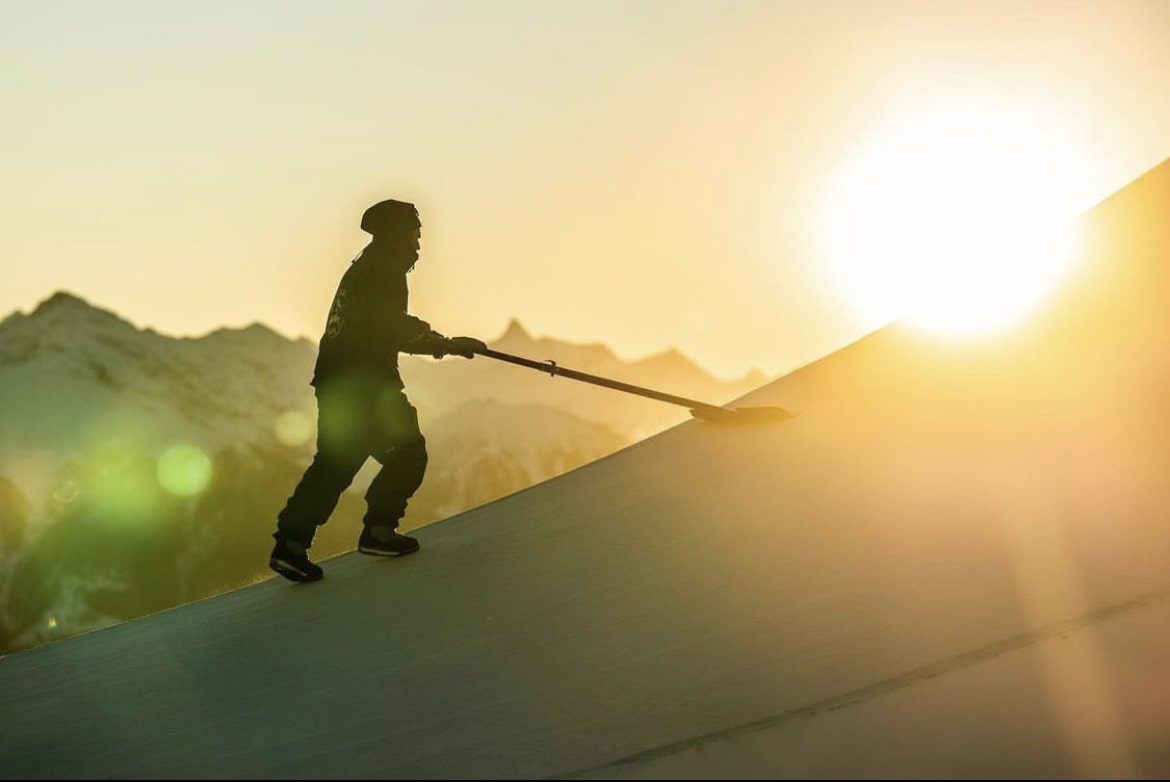
8) Watch & learn: If in doubt, watch others: Where are they starting from? Are they speed-checking before the jump? What line are most riders taking? Are any features closed? Are people over or undershooting the sweet spot? Unsure about anything? Ask!
9) Stay positive: Don’t worry if things don’t work out the first time. As with everything in life: practice makes perfect. Give cheers to others, watch, learn, and never be afraid to ask for help. If you’re keen, why not try some lessons. Several groups run adult lessons, like the StompIt! guys who run adult camps in Zermatt and Laax, Switzerland.